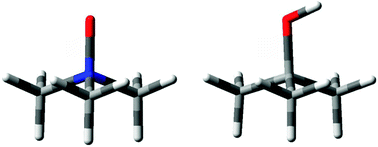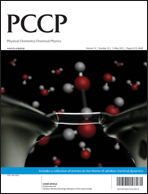Aqueous solvation of amphiphilic solutes: concentration and temperature dependent study of the ultrafast polarisability relaxation dynamics
Abstract
An understanding of the influence of hydrophilic and hydrophobic interactions on the dynamics of solvating

- This article is part of the themed collection: Ultrafast chemical dynamics

 Please wait while we load your content...
Please wait while we load your content...